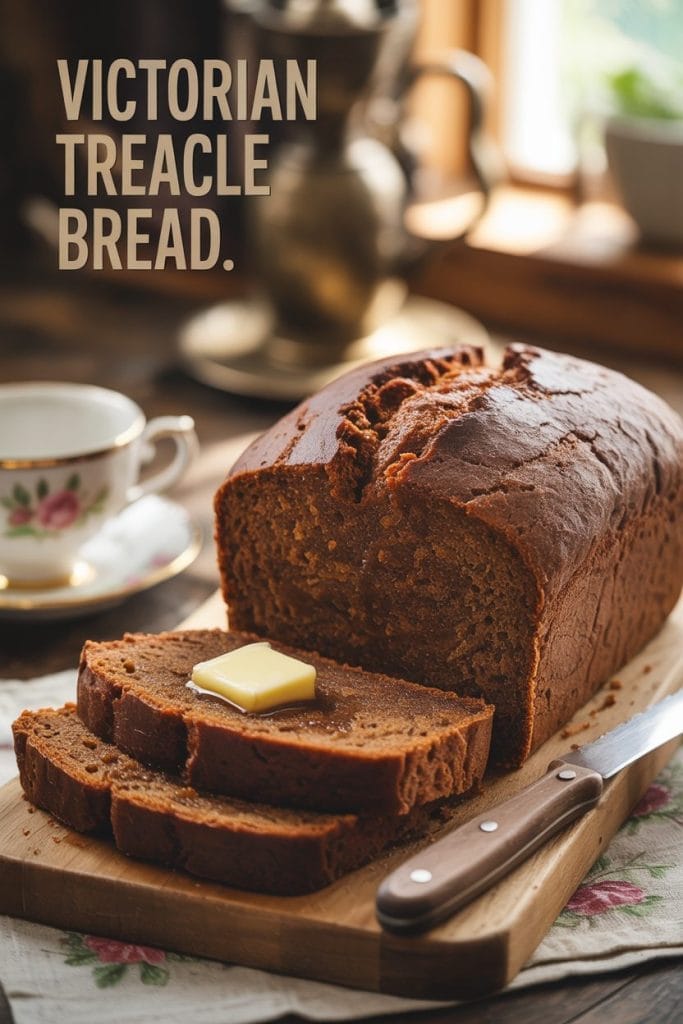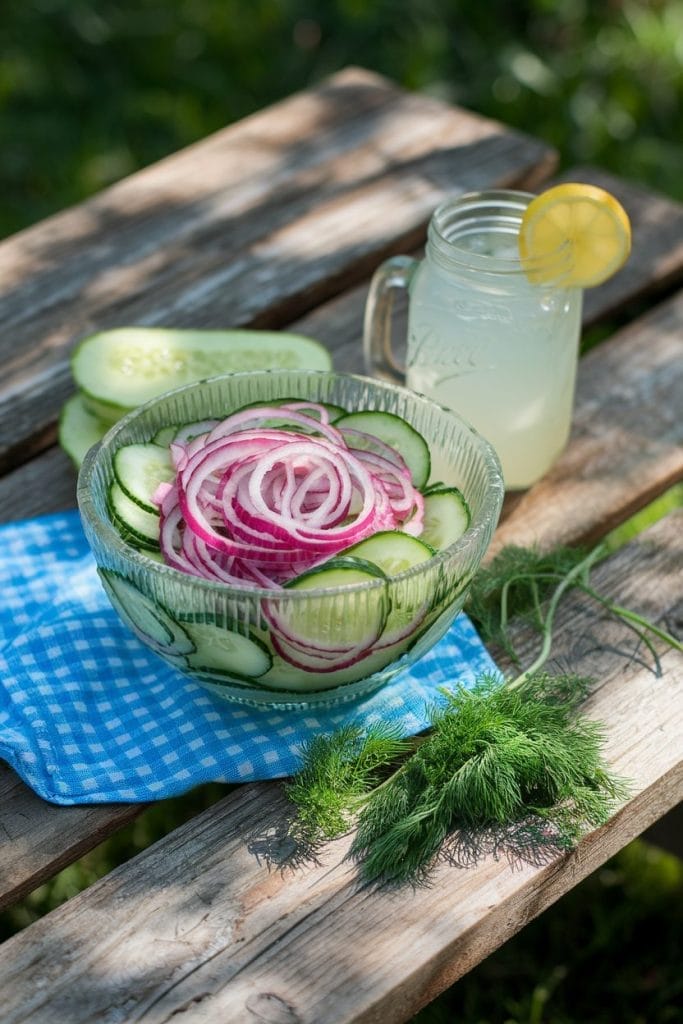Home > Single Recipes > Lentil Stew from WW2: A Comforting Meal Born in Trying Times
Last Updated: February 8, 2025
I Made These FREE Vintage Recipe Tools JUST For You
This recipe was created with help from AI tools and carefully reviewed by a human. For more on how we use AI on this site, check out our Editorial Policy. Classic Fork earns a small commission from Amazon and other affiliate links at no extra cost to you, helping us keep our content free and honest.
Lentil Stew from WW2: A Comforting Meal Born in Trying Times
Time Period:
Meal Type:
Cooking Time: 45 minutes
Prep Time: 15 minutes
Total Time: 1 hour
Servings: 4
Calories: ~200 kcal per serving
During World War II, rationing forced people to get creative with limited ingredients. Lentil stew became a staple because it was hearty, nutritious, and affordable. Today, this dish is a delicious way to embrace history while enjoying a warm, comforting meal.

What Would You Cook in Wartime?
Step back in time and discover what you could make with limited wartime rations
History of Lentil Stew During WWII
In wartime Britain, lentils were seen as a versatile protein substitute. Meat was rationed, so lentils became a popular way to bulk up meals. The Ministry of Food shared recipes like lentil stew to help families cook nutritious meals on a tight budget. Ingredients like root vegetables, onions, and potatoes were common additions, making the stew filling and flavorful despite its simplicity.
Equipment Needed
- Medium-sized pot with a lid
- Wooden spoon (Love environmet & style? Get this bamboo spoon set) for stirring
- Chopping board
- Knife (Chefs envy this knife set)
- Ladle (This wooden ladle is great)
Ingredients
- 1 cup dried lentils (red or green)
- 4 cups water or vegetable stock
- 1 large onion, finely chopped
- 2 medium carrots, diced
- 2 medium potatoes, peeled and diced
- 1 clove garlic, minced
- 1 teaspoon salt
- ½ teaspoon pepper
- 1 teaspoon dried thyme
- 1 tablespoon vegetable oil
- Optional: 1 bay leaf, fresh parsley for garnish

Instructions
1. Prepare the Vegetables
Dice the onion, carrots, and potatoes into small, bite-sized pieces. Mince the garlic. Set everything aside for easy access during cooking.
2. Rinse and Soak the Lentils
Wash the lentils under cold running water. If time permits, soak them for 20-30 minutes to reduce cooking time and enhance texture.
3. Sauté the Aromatics
Heat the vegetable oil in a medium-sized pot over medium heat. Add the chopped onions and garlic, sautéing until they become soft and fragrant (about 3-4 minutes).
4. Add Vegetables and Seasoning
Stir in the diced carrots and potatoes. Sprinkle with salt, pepper, and thyme. Stir well to coat the vegetables with seasoning.
5. Cook the Lentils
Drain the soaked lentils and add them to the pot. Pour in the water or vegetable stock, ensuring all ingredients are covered. Add a bay leaf if using. Bring the mixture to a boil.

6. Simmer the Stew
Reduce the heat to low, cover the pot with a lid, and let it simmer for 30-35 minutes. Stir occasionally to prevent sticking.
7. Adjust the Consistency
Check the stew’s consistency as it cooks. If it becomes too thick, add a little more water or stock. If it’s too thin, uncover the pot and cook for a few extra minutes to thicken.
8. Taste and Serve
Remove the bay leaf and taste the stew. Adjust the seasoning if needed. Serve hot, garnished with fresh parsley if desired.
Special Notes
- This recipe can be adapted based on what you have at home. Turnips or parsnips can replace potatoes, and herbs like rosemary can be used instead of thyme.
- Lentils are packed with protein, making this dish a nutritious choice for vegetarians and vegans.
- For an authentic WWII experience, pair this stew with a slice of brown bread or some homemade oatcakes.
Nutrition (Per Serving)
- Calories: ~200 kcal
- Protein: 10g
- Carbohydrates: 32g
- Fiber: 10g
- Fat: 3g
- Sodium: 500mg

Maggie Hartwell
Hi there, I’m Maggie Hartwell, but you can call me Maggie—the apron-clad foodie behind Classic Fork! I created Classic Fork because I’m convinced food has a way of telling stories that words can’t. So, grab a fork and dig in. The past never tasted so good!






